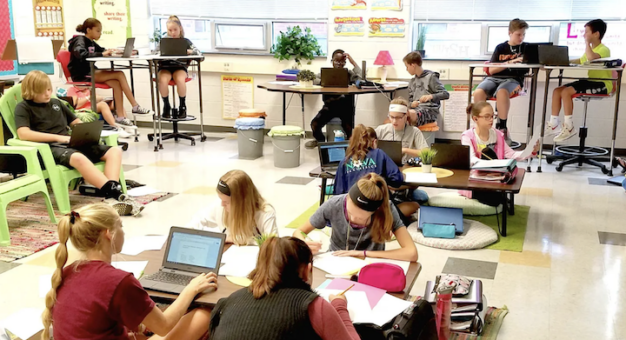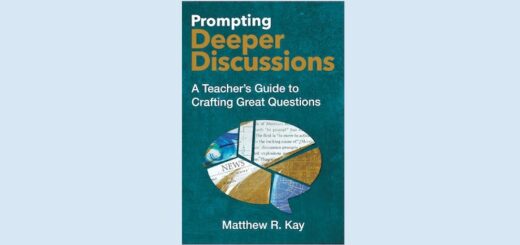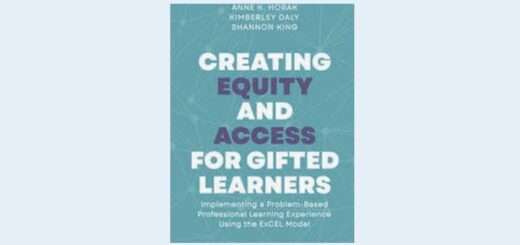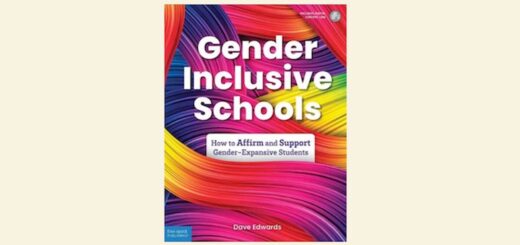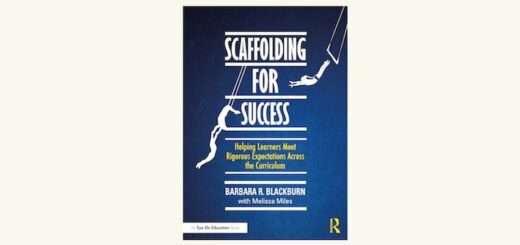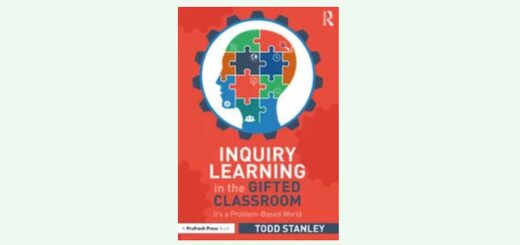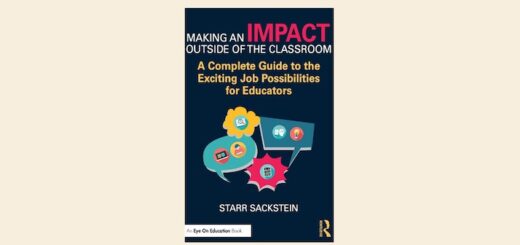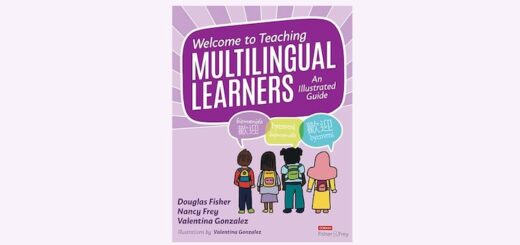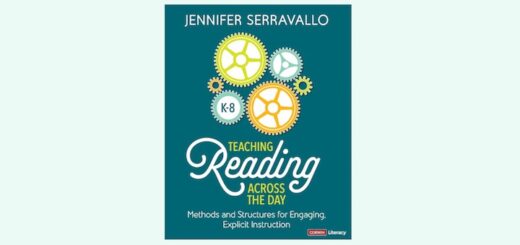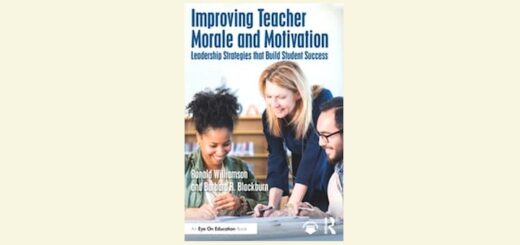Using Flexible Seating to Transform Learning
By Kathleen Palmieri
 As a 5th grade teacher, I’ve come to realize that the key to engaging students lies in offering them not only the right content but the right environment in which to learn.
As a 5th grade teacher, I’ve come to realize that the key to engaging students lies in offering them not only the right content but the right environment in which to learn.
Collaboration, an essential skill for 21st-century learners, plays a major role in my classroom. Students need to work together, share ideas, and solve problems in ways that align with the demands of the modern world.
Recently our district has once again allocated funds to enhance classroom environments, and additional federal grants are available to help teachers create spaces that optimize student learning.
Last year, here at MiddleWeb, I wrote about my first attempt to acquire these funds for my classroom, but with the district having only a set amount of grant money, my proposal did not get funded. This led me to continue my research on flexible seating as part of my new grant proposal to make my classroom more conducive to learning. What I found was nothing short of inspiring.
What is Flexible Seating?
Flexible seating gives students the power to choose how and where they sit. Instead of the traditional desk and chair setup, flexible seating allows for various configurations that cater to different learning styles. Whether it’s standing desks, beanbags, or low tables, this choice helps students feel more comfortable, engaged, and in control of their own learning.
According to research from Mind Research Institute, “Flexible seating gives students the option to control their physical environments in which they work best. With choices, students gain greater flexibility and autonomy, which leads to increased engagement, motivation, and academic performance.”
Why Flexible Seating Works
In today’s classrooms, students are no longer just passive receivers of information – they are active participants in their education. Flexible seating allows them to take ownership of their learning environment, which increases their investment in the process. In my own classroom, I still use traditional desks, but I see the growing need for a space that adapts to the dynamic needs of my students. The typical classroom setup is no longer enough to engage today’s learners.
Flexible seating encourages collaboration in ways that traditional seating does not. Whether working in small groups for a hands-on science lab, participating in math discussions, or engaging in a reading group, students need seating arrangements that can be changed quickly to fit their needs. This adaptability is essential for fostering an environment that promotes creativity and teamwork.
How It Supports Learning
Through my research and visits to classrooms with updated, flexible furniture, I’ve learned that such spaces significantly impact student engagement. A reconfigurable classroom means students can easily transition between activities, whether that’s a quiet space for independent work, a collaborative area for group projects, or a tech-friendly zone for recording ideas. The ability to quickly transform the space for different purposes is invaluable.
Moreover, flexible seating meets the diverse physical, social, and cognitive needs of students. Some children may need space to stretch their legs, while others may benefit from the ability to work while standing. Additionally, providing adjustable seating options helps students with physical needs, whether they require the use of a wheelchair or crutches, or just need more space for comfort.
The Impact on Wellbeing and Behavior
Incorporating flexible seating is not just about comfort – it’s about enhancing students’ wellbeing. Studies have shown that environments specifically designed to engage students lead to better academic outcomes. For example, one study found that students in flexible classrooms performed better than those in traditional ones, citing the need for expanded research as we gain a deeper understanding of how and why the classroom environment affects student engagement.
Other research from Quebec, shared at Frontiers in Psychology, examined the impact of flexible seating on the mental health and wellbeing of elementary students. The study found that students in flexible classrooms reported better emotional and social outcomes than their peers in traditional settings. This aligns with findings that flexible seating can reduce disruptive behavior and encourage positive interactions among students.
Student Choice = Student Engagement
One of the most exciting aspects of flexible seating is the student voice it brings into the classroom. Allowing students to choose their seating arrangements fosters a sense of ownership and responsibility. When students have the ability to reconfigure the classroom space, they feel more connected to the environment, which in turn increases their excitement about learning. This sense of ownership also contributes to a positive classroom culture and reinforces the idea that learning is a shared experience, not just something that happens at their desks.
Moving Forward
As I prepare to implement flexible seating in my classroom, I’m excited about the possibilities it offers for improving engagement, collaboration, and learning outcomes. The research is clear – flexible seating works. It provides students with the opportunity to control their learning environment, which in turn fosters motivation, creativity, and positive behavior.
Flexible seating is not just about moving chairs around; it’s about creating an environment where students feel valued, empowered, and excited to learn. As educators, it’s our job to continually adapt and create the best possible space for students to thrive. With flexible seating, we are one step closer to achieving that goal.
In a future post, I’ll write about my experiences launching flexible seating in my classroom. Meanwhile, I’d love to hear about your experiences in the Comments!
Kathleen Palmieri is a National Board Certified Teacher, NBCT Professional Learning facilitator and education writer. She is a fifth grade educator in upstate New York who reviews and writes regularly for MiddleWeb. With a passion for literacy and learning in the classroom, she participates in writing workshops, curriculum writing endeavors, and math presentations. As a lifelong learner, she is an avid reader and researcher of educational practices and techniques. Collaborating with colleagues and globally on X https://twitter.com/Kathie_Palmieri and @kathleenpalmieri.bsky.social, expanding her education adventures at www.kathleenpalmieri.com is an ongoing practice.
Feature image source: A 7th Grade Teacher’s Shift to Flexible Seating

